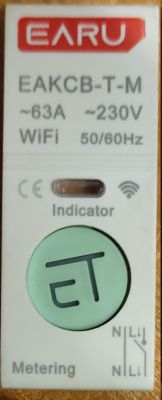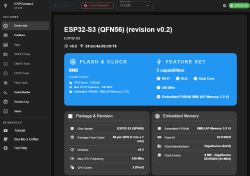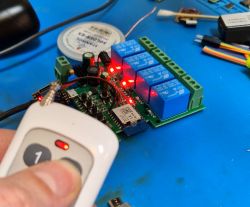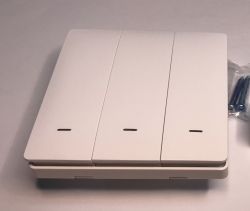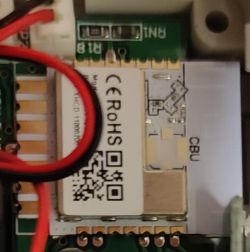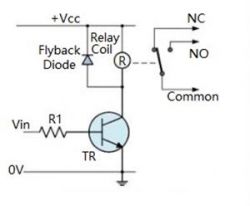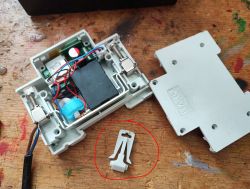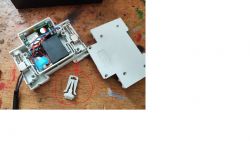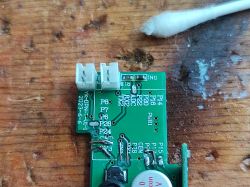With this adjustable pulse time it could work.
about the temperature, when I collect the data I'll send
Fast, because I'm angry, I broke the via when I pulled out the capacitor
they are missing 10% of the capacitance but it seems that it is not bad, one 4.7u/400V (low ESR), the other ordinary 470u/16V.
100u/25V soldered to Vcc CBU - it gave nothing
Temperature comes out linear, with the increase of its value, the value of ADC decreases, so rather will not be a problem to run it.
Tomorrow I'll upload tables with values and graph, and hopefully repair the via to run the contraption
I have the values from ADC in relation to temperature change.
stopnie C ADC
22 1437
33 1273
34 1182
35 1103
36 1081
39 939
45 862
50 720
61 614
64 504
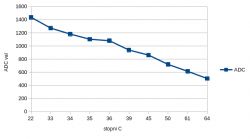
#### as for restarts
With the pulse length there may be something to it, on the original Tuya there were no resets.
I soldered 2.2u/400V - still the same
I soldered 220u/35V - still the same
I unsoldered both capacitors
I started to measure the original ones: 4.3u and 415u - so-so
I soldered them back
then I switched pins
"24": "BridgeFWD;1",
"26": "BridgeREV;1"
on
"24": "Rel;1",
"26": "Rel_n;1"
the relay started to be powered all the time , not just at the moment of switching
the power supply became loaded in continuous mode, I had a pyrometer and thermocouple at hand
I measured the 470u/16v capacitor in the configuration for bridge operation had about 30 deg.C
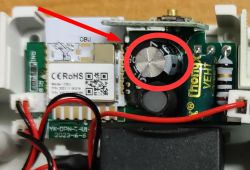
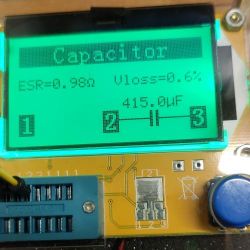
with the relay continuously energised, after a few minutes of lying around and my deliberation it warmed up to 50 deg.C and voilà
interesting fact I soldered 220u to it and the device continued to make resets when switching on the relay, I threw it out completely because I found that it has a small internal resistance, I had 2x220u on hand, which I soldered briefly and the restarts stopped
now I'm waiting for a new capacitor, unfortunately it must be fi8 x 8mm high
if I manage to do something with this temperature reading after the ADC , then it will be possible to make a template
